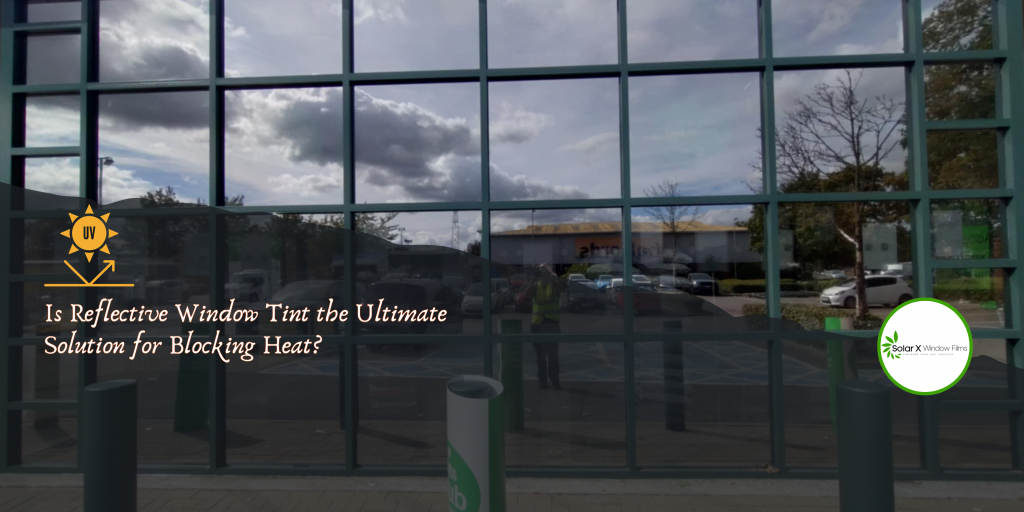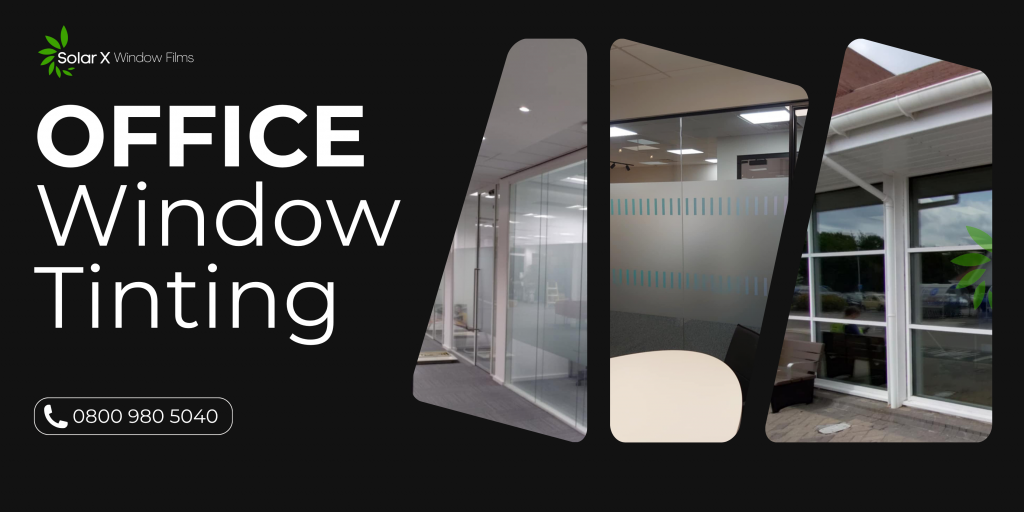A New Era in Window Film Innovation
Window films have come a long way since their inception. What was once a basic solution to reduce glare and provide some privacy has evolved into a highly sophisticated technology that not only enhances comfort but also contributes significantly to energy efficiency and interior protection. Over the years, the industry has relied on methods like sputtering and metallising, where thin layers of metal are applied to base films to control the amount of solar energy entering through glass. While effective, these traditional films had a clear limitation: to block heat, you had to block light.
But times have changed.
Thanks to remarkable innovation, the window film industry has stepped into a new generation of advanced solutions—ceramic-based selective films. These films are designed to tackle one of the most pressing concerns of customers: reducing heat without losing natural light.
The Challenge: Heat Rejection Without Losing Light
One of the most frequent requests from customers has been the ability to block out the sun’s heat without darkening their space. For many years, this was a technical impossibility. Conventional films, though useful in blocking infrared (IR) and ultraviolet (UV) rays, inevitably reduced visible light as well. This led to darker interiors, reduced visibility, and a feeling of being “closed off” from the outside.
Many people longed for a solution that could maintain a clear view while still providing the comfort of a cooler environment. That ideal balance was often considered out of reach—until now.
Enter Ceramic-Based Selective Films: The Game-Changer
The most ground breaking advancement in window film technology is the introduction of selective films made from ceramic materials. Unlike traditional metal-based films, these use advanced nano-ceramic particles to target specific portions of the solar spectrum—especially the infrared rays, which are responsible for most of the heat.
What Makes These Films Special?
High Heat Rejection
These films can reduce up to 50% of the sun’s heat, making indoor environments significantly cooler and more comfortable.High Light Transmission
Perhaps their most impressive feature: these films maintain a high level of visible light, allowing natural daylight to enter without the added heat.99% UV Protection
The films also block 99% of ultraviolet radiation, which is a major cause of fading in curtains, furniture, flooring, and other interior elements.Non-Reflective & Aesthetically Neutral
Since there’s no metal involved, the films do not have the shiny or mirrored appearance typical of older films, making them ideal for both residential and commercial settings.
Benefits Beyond Comfort
These selective films offer more than just temperature control. By reducing the amount of heat that enters through windows, they lower the need for air conditioning, which in turn leads to reduced energy bills. They also contribute to a longer lifespan for interiors, as UV damage is one of the primary reasons for wear and fading.
For homeowners, this means better comfort, preserved interior investments, and greater energy efficiency. For businesses, it can translate into a more productive work environment and lower operating costs.
Why They Cost More — And Why They’re Worth It
Given the advanced manufacturing process and the precision involved in creating ceramic-based selective films, these solutions are typically priced higher than standard options. However, most customers agree that the value far outweighs the cost. You’re investing in long-term comfort, aesthetics, and performance—something that traditional films simply can’t match.
Conclusion: The Future is Bright (and Cool)
Window film technology has truly entered a new era with ceramic-based selective films. Now, customers no longer have to choose between comfort and natural light. Whether you’re renovating your home, designing a new office space, or simply looking to make your interiors more energy-efficient, these advanced films offer a smart, stylish, and sustainable solution.
As more people become aware of their benefits, it’s no surprise that ceramic selective films have become the top choice for homeowners and professionals alike.




